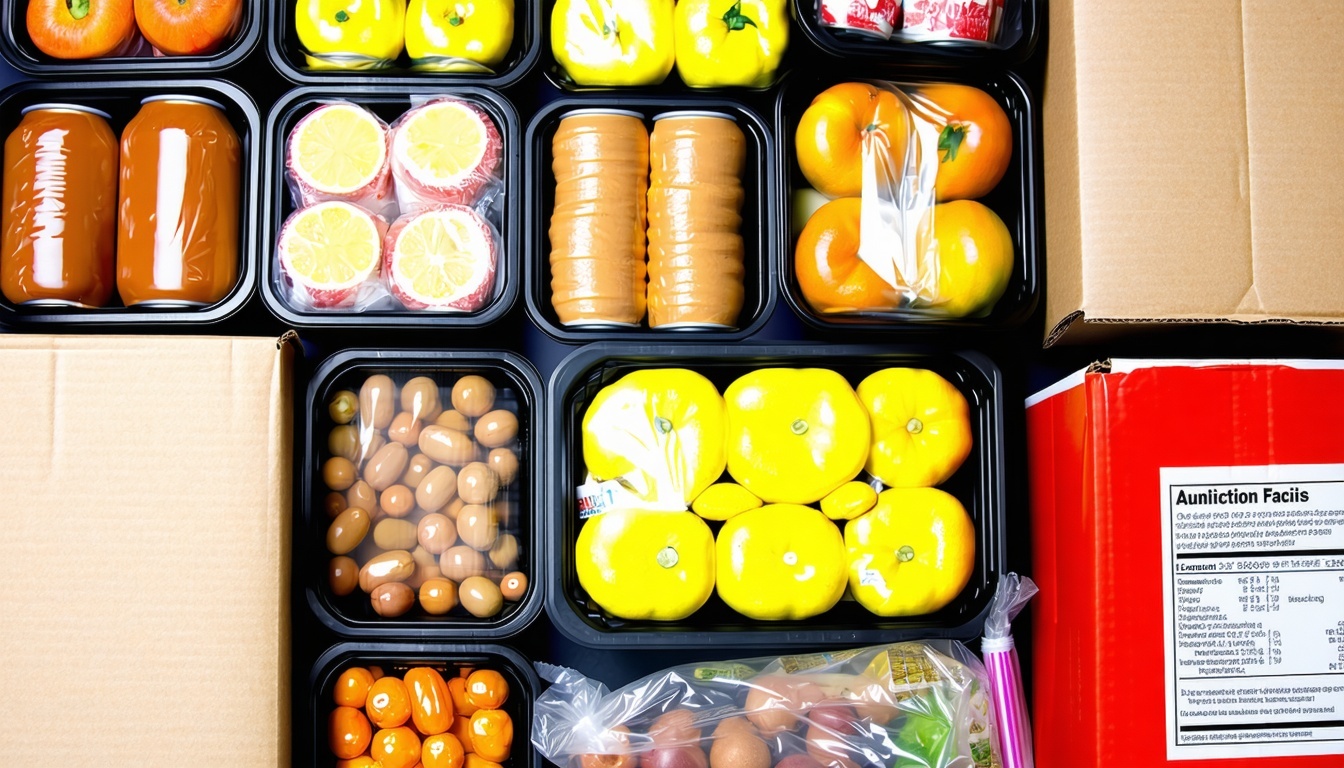Understanding the Costs of Food Packaging

Ever wondered how much it really costs to package your favorite foods and why? Dive into the comprehensive breakdown of food packaging expenses and uncover the factors that drive these costs.
The Components of Food Packaging Costs
Food packaging costs are influenced by a variety of components that collectively determine the final price. These components include materials, labor, manufacturing processes, transportation, and overhead expenses. Each of these elements plays a crucial role in ensuring that the packaging not only protects the food but also meets regulatory standards and consumer expectations.
Additionally, the design and branding of the packaging can significantly impact costs. High-quality graphics, special printing techniques, and custom designs add to the expense but can also enhance the product's marketability. Understanding these components helps to shed light on why food packaging can be a significant part of the total product cost.
Material Choices and Their Impact on Cost
The choice of materials is one of the most significant factors affecting the cost of food packaging. Common materials include plastics, glass, metals, and paper, each with its own cost implications. For instance, plastic is generally cheaper and more versatile, but concerns about its environmental impact are leading many companies to explore more expensive alternatives like biodegradable materials.
Glass and metal packaging, while more sustainable, are heavier and can increase transportation costs. Paper and cardboard are eco-friendly options but may not provide the same level of protection as plastic. The decision on which material to use involves balancing cost, functionality, and sustainability.
Labor and Manufacturing Expenses
Labor and manufacturing expenses are another crucial component of food packaging costs. The complexity of the packaging design and the technology required for its production can significantly impact these expenses. Automated manufacturing processes can reduce labor costs but require substantial initial investments in machinery and technology.
Furthermore, the location of the manufacturing facility can influence labor costs. Countries with higher labor costs may produce more expensive packaging, while those with lower labor costs can offer more competitive pricing. However, the trade-off may include longer shipping times and higher transportation costs.
Sustainability and Eco-Friendly Packaging: Costs and Benefits
As consumer awareness of environmental issues grows, the demand for sustainable and eco-friendly packaging has increased. While these options are often more expensive, they offer long-term benefits such as reduced environmental impact and improved brand reputation. Companies may face higher upfront costs for materials like biodegradable plastics or recycled paper, but these can be offset by the positive perception among eco-conscious consumers.
Additionally, regulatory pressures and potential future legislation may make sustainable packaging not just a choice but a necessity. Investing in eco-friendly packaging now can position companies ahead of the curve, potentially avoiding future compliance costs.
How Packaging Trends Influence Costs
Packaging trends can have a significant impact on costs. Innovations such as smart packaging, which includes features like temperature indicators and freshness sensors, add value but also increase expenses. Similarly, the trend towards minimalistic and transparent packaging requires high-quality materials that can withstand the rigors of transportation and display.
Moreover, the shift towards personalized and limited-edition packaging can drive up costs due to smaller production runs and the need for custom printing. Staying abreast of these trends is crucial for companies to remain competitive, but it also requires careful consideration of the associated costs.